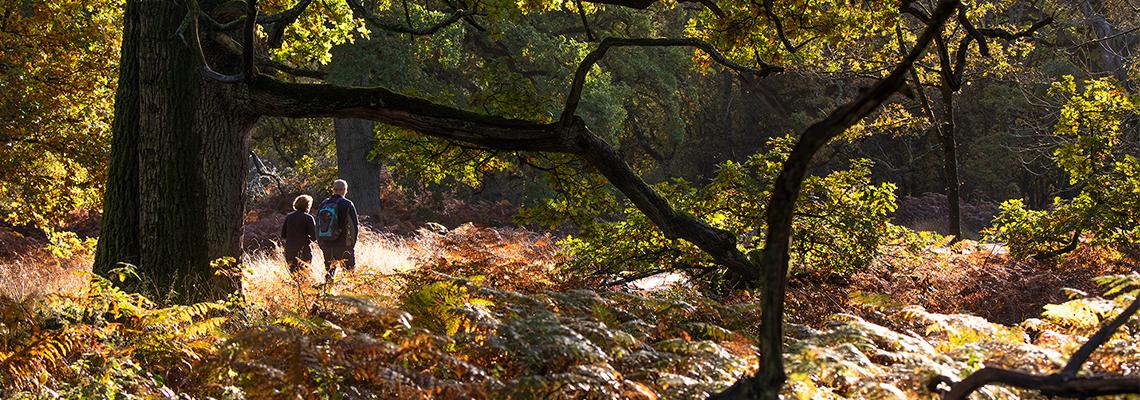Survey Reveals Biodiversity of our Ancient Woodland
A new survey has revealed the incredible biodiversity of our ancient woodland.

Begun in 2016, the survey has revealed our ancient High Park is home to more than 2,800 separate species.
Led by world-renowned botanist Aljos Farjon, who is based at Kew, the project has highlighted the sheer diversity of life the centuries-old oak woodland supports.
Aljos and his team have also recorded a total of 275 ancient oaks with a girth of five metres or larger in High Park - the highest number of oaks of this size and age on any site in Europe
He believes the Site of Special Scientific Interest (SSSI) may be one of the most important in England as the numbers of different species discovered in just four years already puts it on a par with far more intensively studied locations.
“The total numbers of moths and beetles found are already remarkable, as is the overall total of species given the relatively short time and few visits made since 2016,” he said.
“The figures we already have suggest that High Park, Blenheim would score as high or higher than comparable sites in England where extensive surveys into biodiversity have been carried out over decades,” he added.
More than 60 different birds including goshawks, peregrine falcons, spotted flycatchers and redstarts have been recorded. Among the 19 mammals spotted are stoats, field voles, fallow deer, badgers and nine different bat species.
The site is also home to at least 243 different beetles; including 25 types of dung beetle – many of which are thought to have arrived since the introduction of our herd of British white cattle to browse the woodland.
Over 600 species of moth and more than 20 butterfly species have also been identified, along with 35 arachnids and 161 different ants, wasps and bees. One of the more unusual bee species is Osmia spinulosa, which nests in empty Roman snail shells.
Among the seven different reptiles and amphibians present are common lizards, slow worms, grass snakes, great crested newts and toads.
In addition to the varied fauna, High Park also supports 275 types of plants and flowers and so far, a total of 334 fungi have been recorded.
“The fact that we have found several species new to Oxfordshire and even a few new to Britain or second to Britain in such a relatively short period of time, all points in the same direction. High Park is a really special place for biodiversity and it will be exciting to see what else we discover there in the coming years,” said Aljos.
One of the main reasons for High Park’s rich biodiversity is the fact it has remained virtually untouched for centuries and the site is still mostly closed to visitors.
“Protecting our precious natural resources and making our land the best it can be is a key element of our wider land strategy,” said Roy Cox our Estates Director.
As an Estate deeply rooted in its community, we are leading the way in caring for our land by improving our ‘natural capital’.
“The benefits of improved natural capital from the clean air, open spaces and vibrant woodlands we are seeing in High Park are vital for biodiversity, but of equal importance is looking after these nationally significant assets for our next generations” he added.